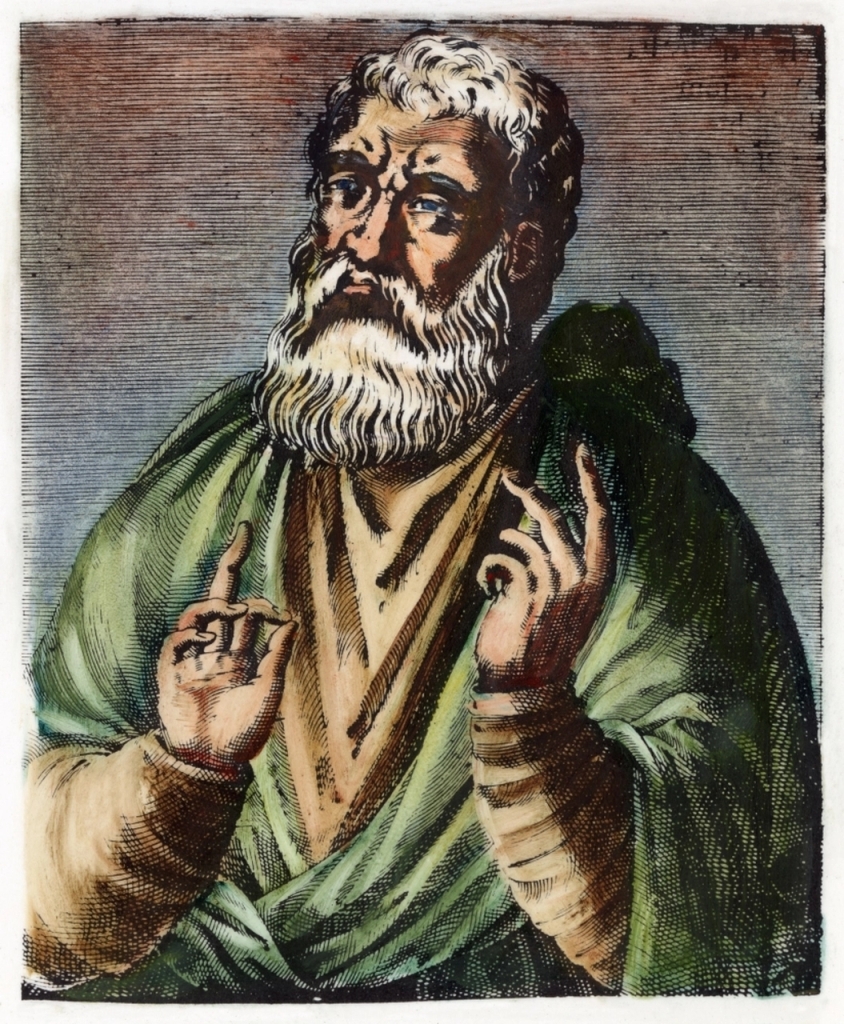Blog Archives
Heaven, Hell, and the Religions
We’ve looked at universalism in the Abrahamic and Dharmic religions, and in a summary way in the other major (and minor) religions of the world. In this post I’d like to see what, if any, broad patterns we can find, and what their relevance is in general and in particular, specifically in regard to universalism as a concept.
In the case of traditional and folk religions, the very concept of an afterlife often seems murky–the dead inhabit a shady, insubstantial realm such as the Greek Hades or the Hebrew She’ol. Alternately, they may inhabit the realm of the deified or semi-deified ancestors. These two possibilities are not exclusive, it should be noted. Some such religions, such as that of the ancient Celts and some strands of the ancient Greek religion, had some sort of belief in reincarnation (or “metempsychosis”, as the Greeks referred to it). By and large, there is no consistent idea of reward and punishment–Heaven and Hell–in most of these faiths. To the extent that there is, it is either ambiguous or applicable only to a few (such as the Greek Elysian Fields and Tartarus) or it seems to have been imported from other religions (any notions of heavens and hells in Chinese and Japanese religion, for example, come from Buddhism).
In general, I think it fair to say that there is no clear evidence for reward and punishment in the afterlife in any of the religions that precede the Axial Age, with the probable exception of the religion of Ancient Egypt and the possible exception of Zoroastrianism (so many Zoroastrian writings have been lost and there are so many issues with dating the ones we have, that there is some ambiguity as to how old certain doctrines actually are). I think it is also safe to say that there is also no clear evidence of reward and punishment in the afterlife in the traditional and folk religions that have survived to modern times, except insofar as they’ve been influenced by so-called great or world religions.
Universalism in Various Religions: The Dharmic Faiths
Last time, we looked at universalism in the Abrahamic faiths. In this post, I want to look at universalism in the Dharmic religions. The Dharmic faiths are the great religions which originated in the Indian subcontinent, stemming ultimately from the ancient beliefs of the Indo-Aryan peoples. The oldest of these is the religion we refer to as Hinduism, traditionally known to its adherents as Sanātana Dharma, “the eternal religion”. From Hinduism gradually developed the Śramaṇa movement, which developed eventually into Buddhism and Jainism. The most recent of the Dharmic faiths, Sikhism, came into being in the 15th Century, evolving from the branch of Hinduism known as the Sant Mat movement.
All of the Dharmic religions share certain basic concepts. Chief among them are
- The idea of an eternal universe that goes through infinite cycles of creation, evolution, decline, and dissolution
- Many levels of existence beyond the earthly
- A belief in reincarnation or rebirth, in which beings take on numerous lives in numerous realms
- A belief in karma, the principle by which one’s actions are requited, for good or for ill, in the present life and/or future lives
- Finally, a belief that beings can ultimately end the cycle of birth, death, and rebirth (samsara) through proper spiritual practice
Having laid our the similarities, let’s look at the religions individually.
The Dharmic Faiths
Having looked at the Abrahamic faiths, let us turn our attention to the Dharmic religions.
The Dharmic Religions–Hinduism, Buddhism, Jainism, and Sikhism, as well as a few other minor ones, originated in India, as the Abrahamic faiths originated in the Middle East. Dharma, the central concept in these faiths, is a Sanskrit term notoriously difficult to translate. Most English speakers can’t even pronounce it right. The Sanskrit letter अ, typically tranliterated “a” is pronounced like the “u” in the English word “but”. The letter आ, transliterated “ā”, is pronounced like the “a” in “father” (or better, like the “a” in the Spanish “padre”). The diacritical marks of scholarly Sanskrit transcriptions are not often used in popular works; but in any case, “dharma” is the correct spelling and transcription. Each “a” represents अ, the short form of the vowel. Thus, “dharma” is correctly pronounced with the first syllable rhyming with “fur”, thus: DUHR-muh (there is also a puff of air after the “d”, which is why it is spelled “dh”; but few English speakers can get that correctly, and I can’t always do it right myself). English speakers almost universally rhyme the first syllable with “car”: DAHR-muh. This, quite simply, is wrong. Actually, the best known Sanskrit word borrowed into English, “karma”, should rhyme with “dharma”–the first syllable should sound like “cur”, not like “car”, thus: KUHR-muh. However, I learned the standard English pronunciation (KAHR-muh) before I learned Sanskrit phonology; and the word has become thoroughly naturalized in English with the “wrong” pronunciation. Therefore, I follow the masses in saying KAHR-muh. I do insist on holding the line on DUHR-muh, however, notwithstanding popular pronunciation or sitcoms!
If we can’t even pronounce the word, small wonder we have trouble translating it! Depending on context, “dharma” could mean any of the following: natural characteristic, moral law, path, doctrine, religion, property, sign, obligation, or duty, among others. Etymologically, it comes from a Sanskrit (and ultimately Indo-European) root meaning “firm” or “solid”. At its root, “dharma” means “natural law” or the natural principle that is characteristic of a particular thing. A rock’s dharma is to be hard; water’s is to flow; an animal’s is to follow the lifestyle of its species. Only for humans is it more complicated. A person’s dharma is the whole set of morals, ethics, obligations, and responsibilities for humans in general and for that individual in particular, according to his age, class, occupation, and state in life. For example, truthfulness, honesty, cleanliness, etc. are the dharma–appropriate behavior and way of living–for all people. A child’s dharma is to obey his or her parents, and a parent’s dharma is to provide for his or her children and raise them well. The dharma of a married person is to be a good spouse, and of a sannyasi (renunciate) to be celibate. The dharmas of a teacher, an engineer, a laborer, and a priest would all be different, according to the occupation of each.
Theism: Poly, Mono, Heno, and Other Options
This is about some issues I’ve thought about for some time, but have never written up, for whatever reason. The thing that inspired me to write now was a comment on a recent thread over at the Ocholophobist’s current blog [no longer available in this iteration as of April 2016, alas] (my emphasis):
There’s certainly a Protestantized/pop Catholicism for converts which seems to “stick” and yet only does so by watering down and trivializing what I would consider to be central elements of the Catholic faith. Granted, certain segments of American Orthodoxy do this as well (“We don’t pray to Saints; we just ask them to pray for us, like friends!”), but I’m not sure they pull it off as easily.
Well said, I thought upon reading it; and after mulling it over for a few days, have decided to write this post.
Simplistically, people typically take “polytheism” to mean “worshiping many gods” and “monotheism” to mean “worshiping but one god”. Even atheists and agnostics tend to accept these definitions. Such definitions aren’t exactly wrong; but they do little justice to the complex reality of religious belief. Furthermore, they do not exhaust all the options. Read the rest of this entry














